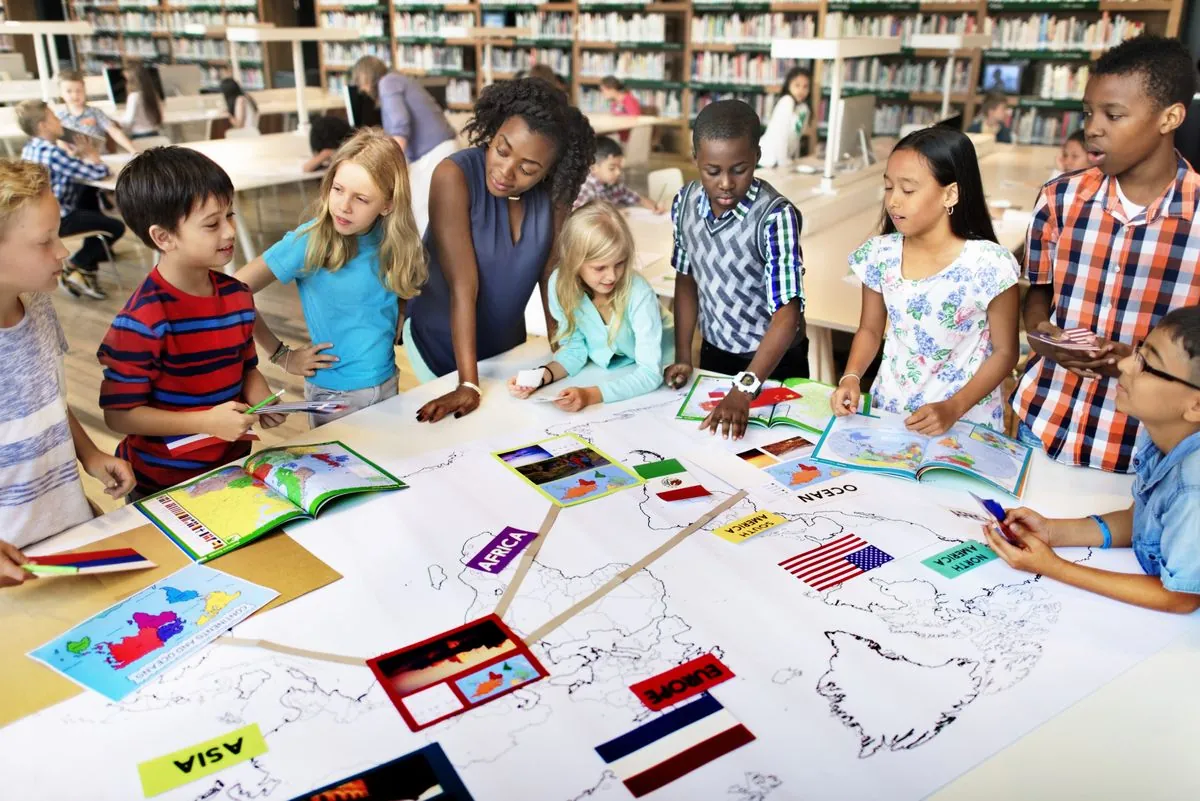The United States education system is facing unprecedented challenges as it adapts to a significant influx of migrant students. Since 2022, more than 500,000 school-age migrant children have entered the country, prompting schools across the nation to reassess their resources and teaching methods.
In Charleroi, Pennsylvania, a town with a rich history dating back to its founding in 1890 as a glass manufacturing center, first-grade teacher Dana Smith encountered a sudden increase in Haitian students who did not speak English. This scenario is playing out in classrooms across America, as educators strive to overcome language barriers and cultural differences.
A Reuters survey of over 10,000 school districts revealed that one-third of responding districts reported "significant" impacts from the increase in immigrant children. These impacts include shortages of English as a Second Language (ESL) teachers, difficulties in communicating with parents, and the need for additional resources.
The challenges faced by schools today echo the historical context of immigrant education in the United States. The 1982 Supreme Court ruling in Plyler v. Doe established that states cannot deny students free public education based on their immigration status, a principle that continues to shape educational policies.
Many districts have responded by hiring more ESL teachers and consultants, with 42 of the surveyed districts reporting such measures. The need for these specialized educators harkens back to the 1960s when ESL programs first began in the U.S., highlighting the ongoing evolution of language education in American schools.
Despite the challenges, some educators see the influx of immigrant students as an opportunity for cultural enrichment. Bridget DeFazio, a French teacher at Charleroi High School, embraced the change, stating:
"Yeah, it has been challenging, but for me, a good challenge. I mean, I've been here 17 years, so it was almost like a breath of fresh air for me, something new that I can try."
[[Bridget DeFazio, French teacher at Charleroi High School]]
The situation in Charleroi reflects broader national trends. The town has seen its immigrant population grow to about 2,000, including approximately 700 Haitians. This demographic shift has led to a dramatic increase in non-English speaking students in the Charleroi Area School District, from just 12 in the 2021-2022 school year to 220 currently.
While some communities have experienced tensions related to the changing demographics, others have found ways to adapt and thrive. The resilience of immigrant students, such as the Haitian girl in Dana Smith's class who progressed from speaking no English to receiving an academic excellence award, demonstrates the potential for success when proper support is provided.
As schools continue to navigate these challenges, they draw on a rich history of immigrant integration in American education. From the abolition of the National Origin Quota system in 1965 to the establishment of the U.S. refugee resettlement program in 1980, the country has a long tradition of adapting to waves of immigration.
The current situation also highlights the ongoing political debate surrounding immigration. With the upcoming presidential election on November 5, 2024, candidates are focusing on immigration policies and their impacts on communities like Charleroi.
As the U.S. maintains its position as the country with the largest immigrant population globally, with over 50 million foreign-born residents as of 2024, the education system's ability to adapt and integrate newcomers remains crucial. The experiences of districts across the country underscore both the challenges and opportunities presented by this demographic shift, as schools strive to provide quality education for all students, regardless of their background.
